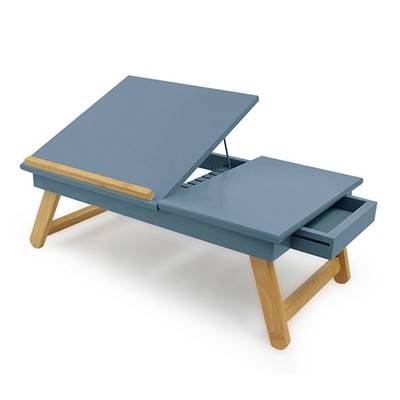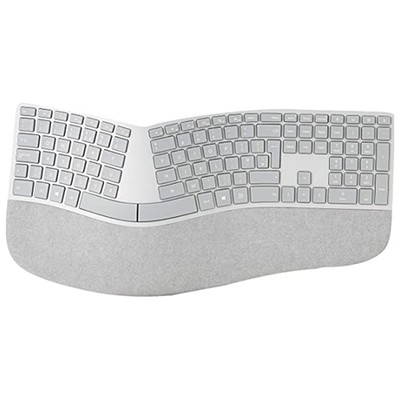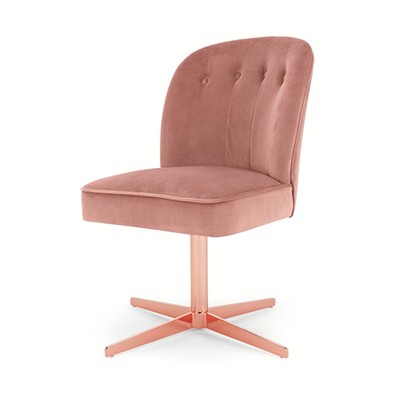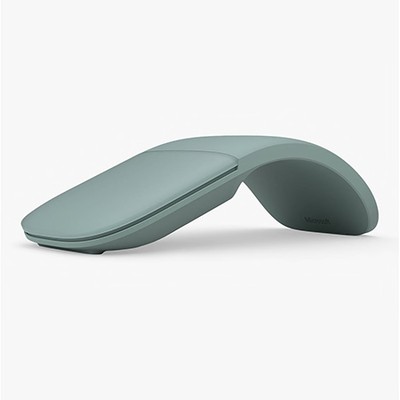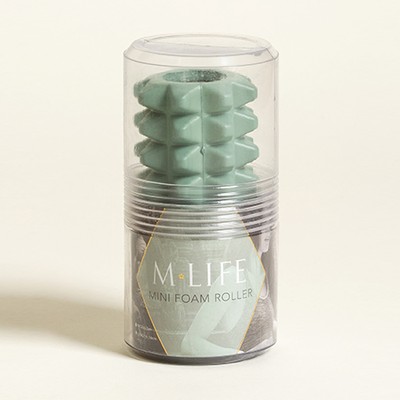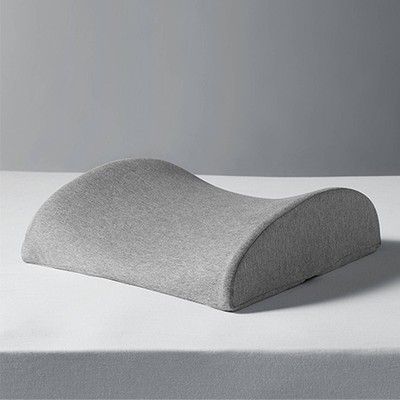How To Improve Your Posture When Working From Home
Kit Out Your Laptop
If you’re not blessed with the luxury of a study or even a decent worktop, stooping awkwardly over a coffee table or being hunched on the sofa will quickly wreak havoc with your posture. “Changes in your normal desk set-up will most likely lead to ‘upper crossed posture’, the main symptoms of which are neck and back stiffness and headaches,” says Brett Gibbens, sports chiropractor and stretch programme director at StretchLAB. “When you are hunched over for an extended period of time, this puts strain on the back muscles of the neck and shoulders; at the same time, muscles in the front of the chest become shortened and tight.” Brett advises placing the top of your screen at eye level, and keeping your laptop on a table that is at elbow height. Consider investing in a laptop stand, or try propping your laptop on a couple of books; the experts also say a wireless keyboard and mouse can encourage better posture and relieve tension in the neck and wrists.
Look After Your Eyes
Staring at a screen that’s likely smaller than your desktop monitor means your eyes have to work harder. This can lead to digital eye strain characterised by headaches, blurred vision, dry eyes, and neck and shoulder pain. “Looking at a small laptop screen leads to increased extension of the neck in the upper region, leading to tightening of the sub-occipital muscles, which can irritate sensory nerves that trigger headaches,” says Brett. “Try and take regular screen breaks throughout the day (aim to look away from your screen for 20 seconds every 20 minutes), and if you’re using your phone a lot, try and use a headset or other Bluetooth devices instead.”
Learn To Stretch Properly
Incorporate stretching into your daily regime and your focus and overall health will improve, explains Fi Clark, head of yoga at FLY LDN. “Stretching releases tension in muscles and connective tissue and aids blood circulation, which has numerous benefits for heart health. Stretching has also been scientifically proven to dissipate feelings of depression of stress – taking just ten minutes to stretch every day will have profound long-term effects on body and mind,” Fi says. Not sure where to start? StretchLAB is offering live stretch sessions – just select the virtual stretch option on the booking page.
Stay Strong
As Brett explains, sitting for extended periods throughout the day switches off muscles you’re not using, leading to weakness and muscle imbalance. “Being sat in a chair for hours on end weakens your gluteals, abdominals, back and deep neck flexors, which will do your long-term health no favours. To counteract this inactivity, you should be doing some form of activity daily. Skipping is a great cardio exercise that can easily be done at home (skipping for ten minutes is equivalent to running a mile) and walking is a really underrated form of exercise that has physical and mental health benefits. Just be sure to warm-up properly prior to working out and take the time to stretch afterwards for at least ten minutes, holding each stretch for approximately 40 seconds.”
Invest In a Foam Roller
“A foam roller is a great way to relieve tension, as long as you use it correctly,” says Brett. “Simply rolling up and down a muscle has been proven to be quite ineffectual. Instead, focus on a specific area of tension and then mobilise that point in differing directions for a couple of minutes. If you feel your posture is out of whack, focus on foam rolling your pecs, triceps, thoracic spine and obliques. If you are doing lots of running, then focus on your quads, glutes, calf muscles and TFL (tensor facia latae), which will result in decreased tension of the ITB band, a common problem area for runners.”
Ready to stretch? Carry out Fi’s straightforward stretches daily for improved flexibility, decreased pain and a calmer state of mind…
BEST FOR TIGHT SHOULDERS:
Melting Heart Pose - Starting on your hands and knees, walk your hands forward until your head is resting on the floor, with your arms stretched out in front of you. Stay here for up to two minutes, using your breath to facilitate a deeper stretch and create space around the shoulders.
BEST FOR BACK PAIN:
Supine Twist – Lying down, facing upwards, draw both knees into the chest and draw them to the floor on the right side with both arms out in a T-shape; hold for up to two minutes and repeat on the left side. This move will open and extend the thoracic spine region, increasing space through the flank of the body, all the way down to the outer hip.
BEST FOR TIGHT HIPS:
Reclined Butterfly Pose – Lying down, facing upwards, bring the soles of your feet together and let your legs hinge out to the sides, creating a diamond shape with your legs. Hold for up to five minutes to release tension from the groin, inner thighs and hip flexors.
BEST FOR THE SPINE:
Cat and Cow – Kneeling with your hands under your shoulders, articulate the spine to an arch with your head drawing towards your tailbone, and then reverse by flexing the spine and creating a down in the upper back with your chin drawing towards your chest.
BEST FOR HAMSTRINGS:
Seated Tree Pose – Sitting tall on the floor, keep your left leg extended and bend your right knee so that the sole of your foot is against the inner thigh of your left leg. Fold your upper body from the hips over the left leg and hold for a couple of minutes.
Shop the below products to aid posture...
DISCLAIMER: We endeavour to always credit the correct original source of every image we use. If you think a credit may be incorrect, please contact us at info@sheerluxe.com.





